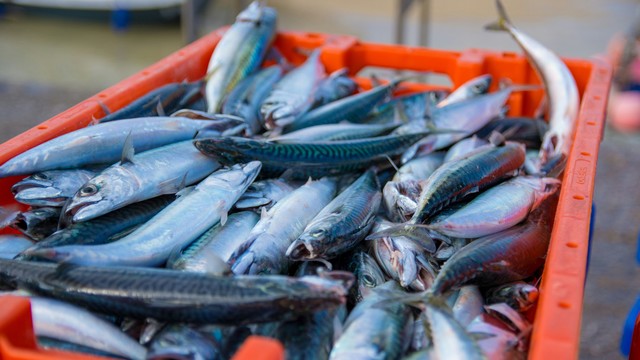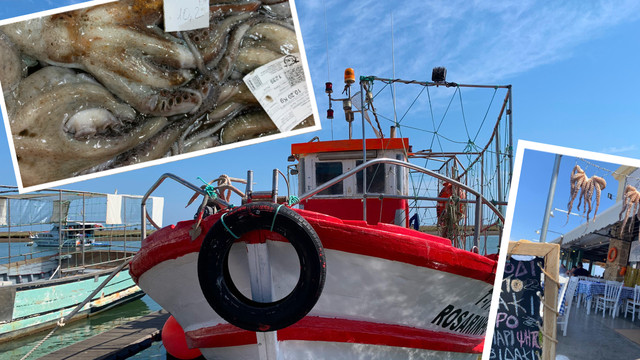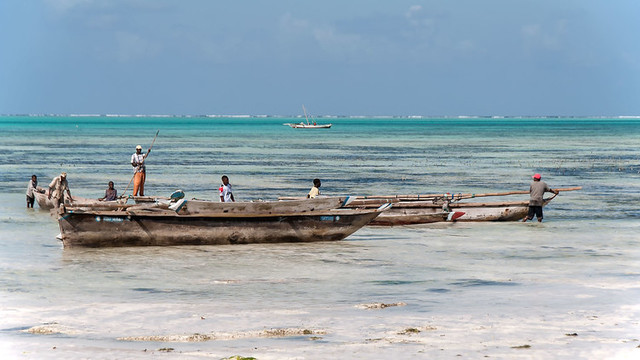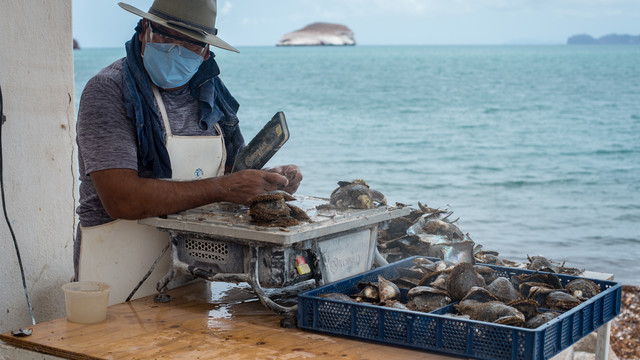Hilsa fish essential to Myanmar local nutrition and livelihoods, and needs protecting
A new IIED study has identified when and where spawning hilsa most require protection, and highlights the need for different management strategies to ensure the sustainability of this key food source.

Hilsa on ice during the closed fishing season, Myanmar (Photo: Yangon University Department of Zoology/WorldFish via Flickr, CC BY-NC-ND 2.0)
The hilsa is a critically important species for small-scale fishing communities in Myanmar’s Ayeyarwady Delta and Rakhine State. Yet current fishing regulations are inadequate and exploitation rates are well beyond sustainable levels.
This IIED study analyses key parameters underlying hilsa biology, comparing them across different ecological zones of the hilsa’s range in Myanmar and across time. The findings demonstrate when and where spawning hilsa most require protection and highlight the need for different management strategies in different ecological zones.
In order to protect from overfishing and habitat destruction and preserve the sustainability of Myanmar’s hilsa fishery, this paper identifies a series of recommendations for policymakers to:
- Restrict access to fishing in freshwater areas at least during the month of September
- Promote and enforce measures to protect juvenile hilsa
- Establish marine protected areas to conserve spawning stock biomass, and
- Ensure effective, adaptive fisheries management throughout migratory routes.
There is evidence of more than one spawning season in Myanmar, but without further investigation researchers were unable to establish with certainty when or where additional spawning periods occur.
Until such research findings are available, researchers recommend focusing management measures to protect spawning hilsa in the period in which it is known with certainty that large numbers of hilsa spawn: August and, particularly, September.
This new working paper is an output of the project 'Carrots and sticks: incentives to conserve hilsa fish in Myanmar'. This is introducing incentive-based fisheries management in Myanmar's Ayeyarwady Delta to protect fish stocks, safeguard biodiversity and help protect the livelihoods of local fishing communities.




